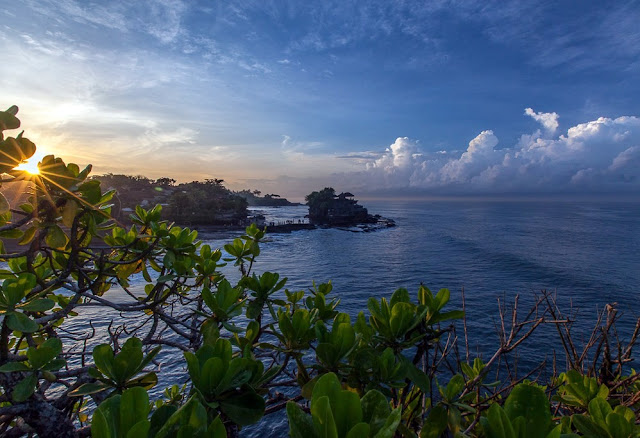If you're coming from the northern hemisphere, you'll find Christmas to be rather different in New Zealand. Because of the country's European heritage and roots (especially British) you will see many of the same traditions observed - sort of. With a different climate and time of year altogether, the kiwi Christmas is something unique and it can be a lot of fun.
The most obvious difference to a northern hemisphere Christmas is the weather. It's the middle of summer in New Zealand. Many visitors from the US or Europe can't quite get their heads around having Christmas dinner as a barbeque on the beach! However, Christmas marks the beginning of the summer holidays for most kiwis, so many Christmas activities revolve around summer holidays.
Many towns and cities in New Zealand hold a Christmas Parade. They are usually held on a Sunday and can feature marching bands, floats and an appearance from the grand old gentleman himself, Santa Claus.
The largest and best known parade is the Auckland Santa Parade, which has been a feature of the Auckland Christmas since 1934. It attracts thousands of spectators every year and is a great event for children.
Kiwis maintain the British tradition of having a family dinner during the middle of the day on Christmas Day. This is usually preceded on Christmas morning by exchanging presents which will have been left under the Christmas tree in the home.
The Christmas meal itself is increasingly becoming a casual affair. Often it is a barbeque on the deck or patio. However, the traditional Christmas fare of turkey, ham and roast potatoes are still very popular, along with salads and of course a glass of bubbly.
For dessert, plum pudding and Christmas cake are often served alongside the kiwi icons, pavolova, kiwifruit, strawberries and cream.
New Zealand is an extremely diverse society and many of the cultures represented do not recognize Christmas in the same way as the early European settlers and their descendents. However, Christmas is a special time for all New Zealanders. It's a time to get together with the family and enjoy the great New Zealand summer outdoors.


























































